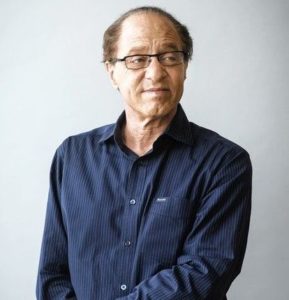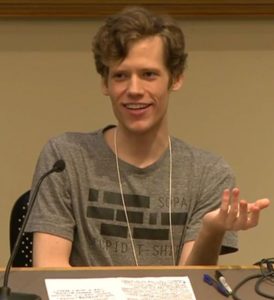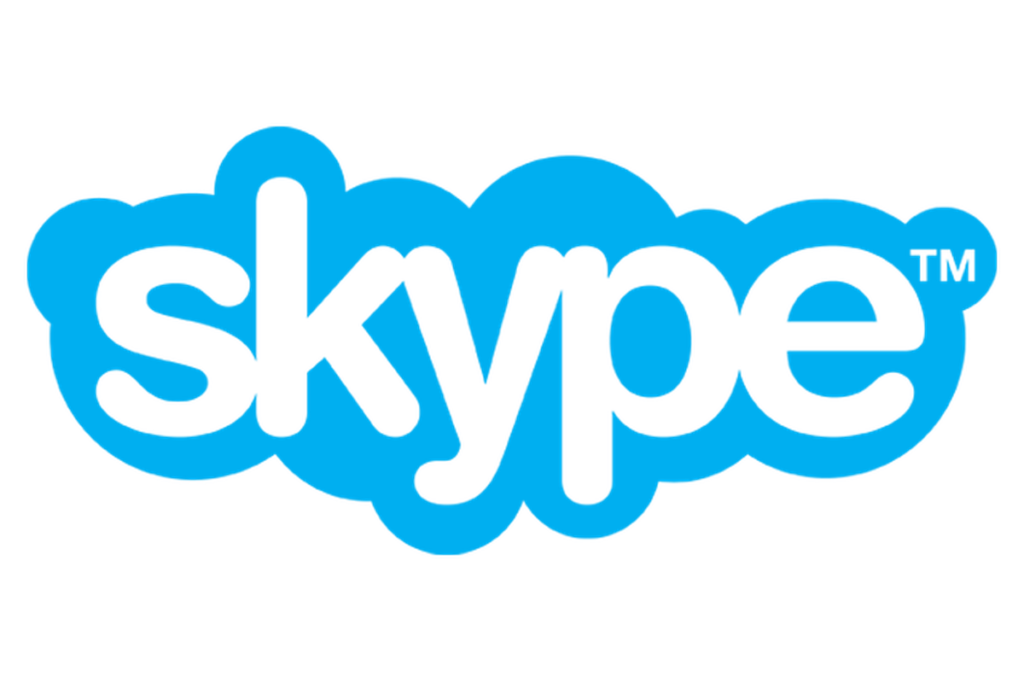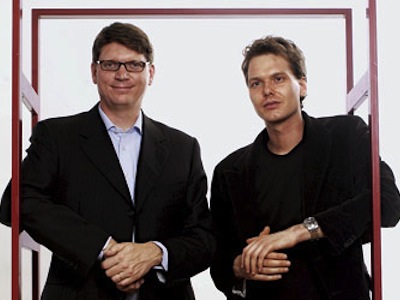Venmo : The Experience of Money Transfer Made Easy
You do not get success in the first few attempts, but you sure get the experience. Trying and trying again always gets you with some good exposure and enhanced skill, such that the end product you create is always ‘the product’ that changes your life. One such similar story is of the founders of Venmo, a mobile payment service, who from being clueless about their future were able to build a multimillion startup.
The Founders
Venmo, an online payment app, was founded by two friends, Andrew Kortina and Iqram Magdon-Ismail. The two had joined the University of Pennsylvania in 2001, where they got to share their room as freshmen. Iqram and Kortina both opted for Computer Science as their major, but later, Kortina switched to philosophy and creative writing. The reason being that he was already able to study computers and programming through homework exercises, so to utilize the university fee, he changed his subjects.
With time, the two became good friends and together, started working on different projects. The first project, on which they worked together, was a college advertisement website. They named the website My Campus Post. Along with the website, they spent most of their time on various other projects, but all they were doing as a hobby.
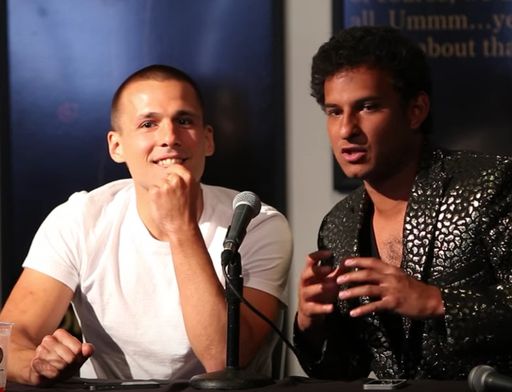
But Kortina realised that the graduation time is near, and they had no plans for their career only when his mother asked him about his career plans. This hit his mind, as he and Iqram, both of them need to make a career plan for them.
Beginning the Career
The two decided to move to West Philly, as the rents were way cheaper there. Here they started advertising about website development services from door to door and started getting some work. They also started their own online music selling project named Philafunk, at the same time. The platform provided the musicians with the facility to sell their music, and the website would charge them a minimal fee on every sale.
The two had skills, but they did not have real-world experience. So they decided to take a job. For the next two-three years, they worked for different technology firms, including iminlikewithyou.com.
They kept their part-time work of developing websites running alongside and continued to look for the life-changing idea. They even developed software for shops that could be used as a ledger or register on a laptop.
They came up with the idea of Philafunk while enjoying a Jazz show in the city. Philafunk enabled the musicians to accept money for the subscription, music or the merchandise people bought from them.
Founding Venmo
While the two were working on Philafunk in NYC, Iqram forgot to bring his wallet and borrowed some money from Kortina and wrote a cheque to him. This hit his mind, as he was using the traditional method of paying the money when he was using their mobile for every other thing. The two knew PayPal was already there for online money-related transactions, but even though people were not using it.
This led them to think of a new idea of developing a method to send and receive money through their mobile. They started working on the project and made use of the text message, i.e. SMS, for sending and receiving the status of money transferred. The working of the new payment method was quite derived from the Philafunk model, where now everyone (not only musicians) could receive the money for anything (not just for selling music).
The two also included the option to add a small description about for what the payment was made, such that people could keep the record of when and who they paid money for. They put the name of the service as Venmo. ‘Ven’ in Venmo has been derived from the Latin word vendere, which means ‘to sell’ and ‘mo’ is short for mobile.
The two were ready with the prototype of Venmo and started meeting people for its seed investment. But unfortunately, they could not convince any major investors. But they had to launch the service, and they took the help of Magon-Ismail’s old boss at Ticketleap and his father with the investments. They launched Venmo in August 2009. But in the next few months, the popularity of the app led the two co-founders to raise a $100,000 in debt financing.
The Rise of the Company
By the end of the year, the company shifted the model from website and SMS to mobile application and launched an iOS app in December. In January 2010, they got the opportunity to represent their product at the Mobile Monday Mid Atlantic Demo Night. Here they asked the audience to send some donation money to the relief fund for people suffering from an earthquake in Haiti. The relief fund raised a $600 in just a few minutes of announcement and in a week, there was a total donation of worth $15,000 through Venmo. This was one of the best marketing moves for the company.
The company raised another $1.2 million in May 2010, in a funding round led by RRE Ventures, followed by another $400,000 in debt financing in June 2010. The next month, Venmo launched its Android app. The coming year, the company partnered with most of the banks running in the U.S, for the payments.
By 2012, the growth rate for the company reached 30 per cent per month, and it was carrying out $10 million in payments every month.
On August 16, 2012, Braintree, another technology and mobile payment company, acquired Venmo for $26.2 million. But in September 2013, eBay acquired Braintree and all its subsidiaries, such that Venmo became the part of PayPal.
Venmo still is one of the famous payment apps in the U.S. and only serve in the U.S. As of 2017, a million users were using Venmo for mobile payments, and it carried out nearly $50 billion worth of transactions in 2018.

Yashica is a Software Engineer turned Content Writer, who loves to write on social causes and expertise in writing technical stuff. She loves to watch movies and explore new places. She believes that you need to live once before you die. So experimenting with her life and career choices, she is trying to live her life to the fullest.




